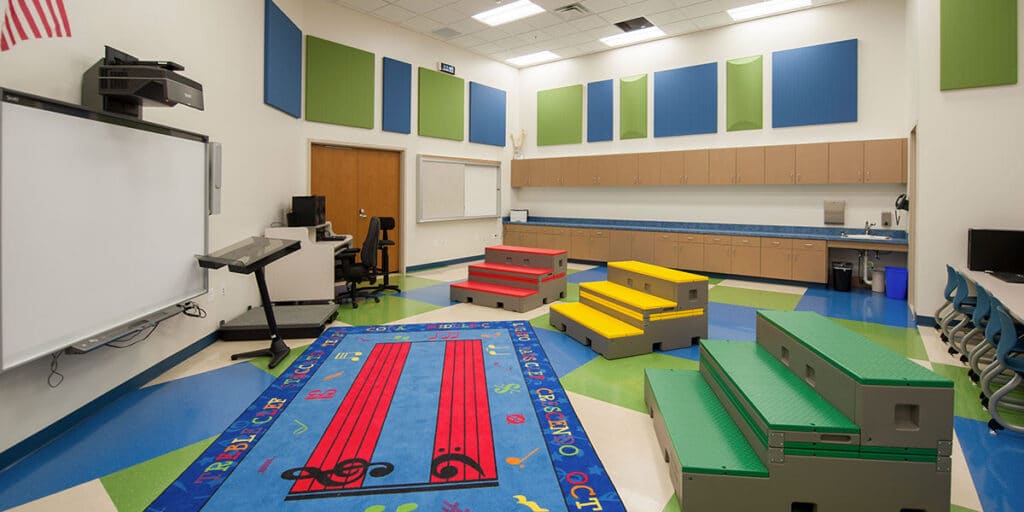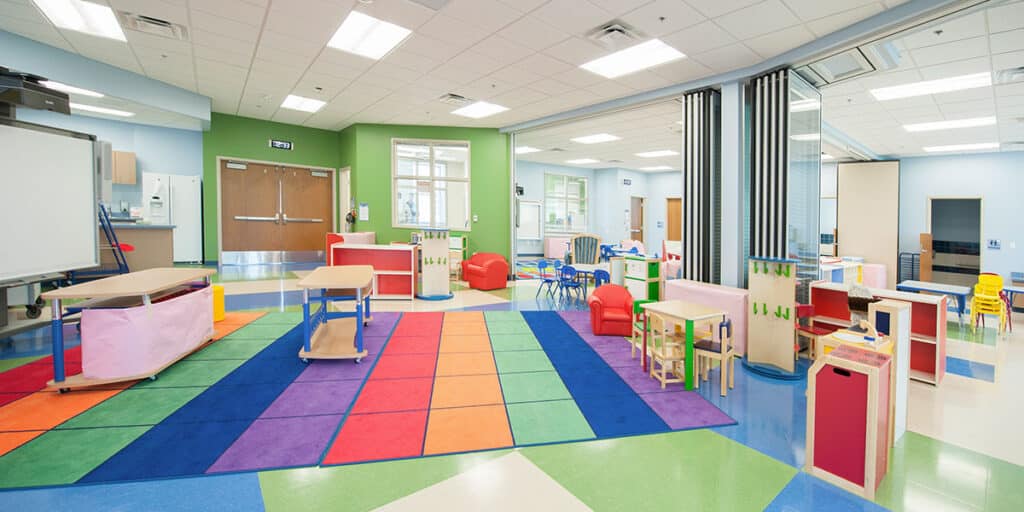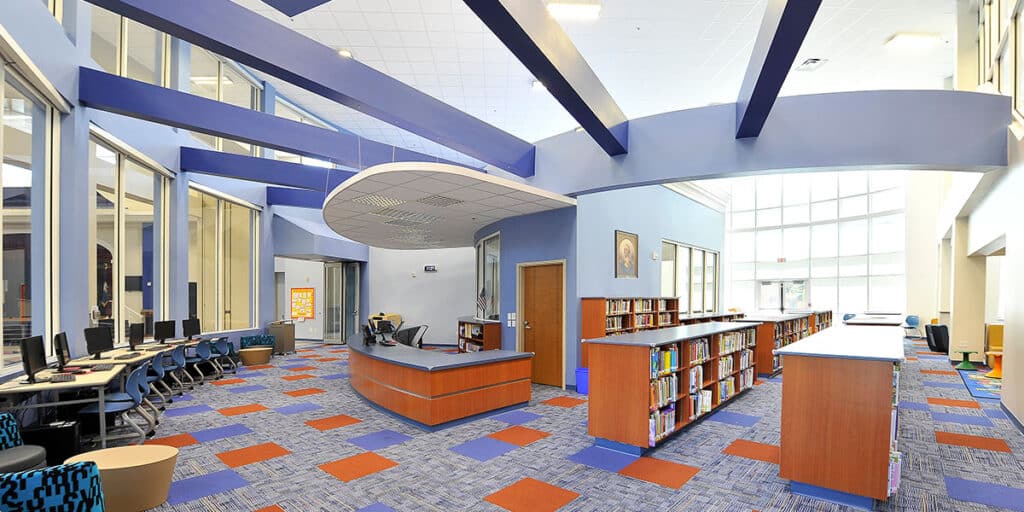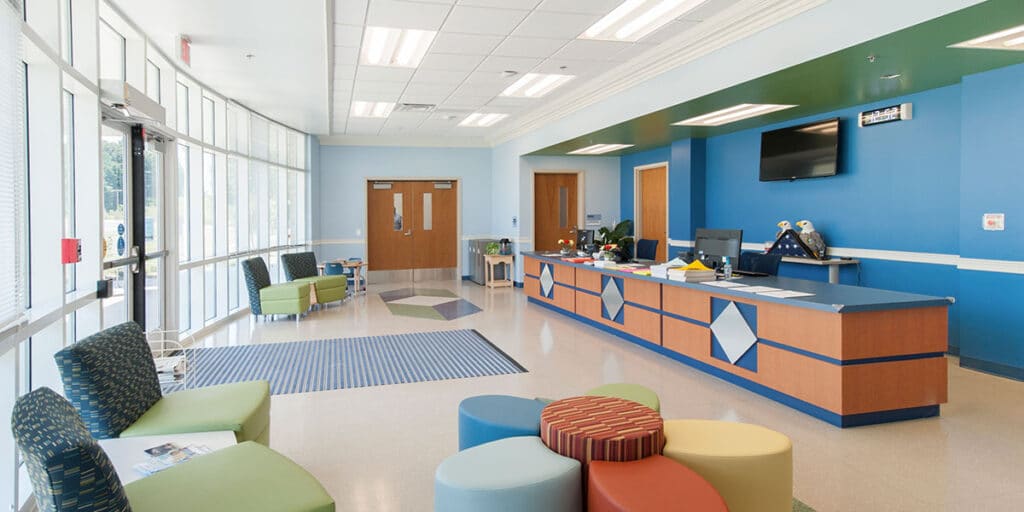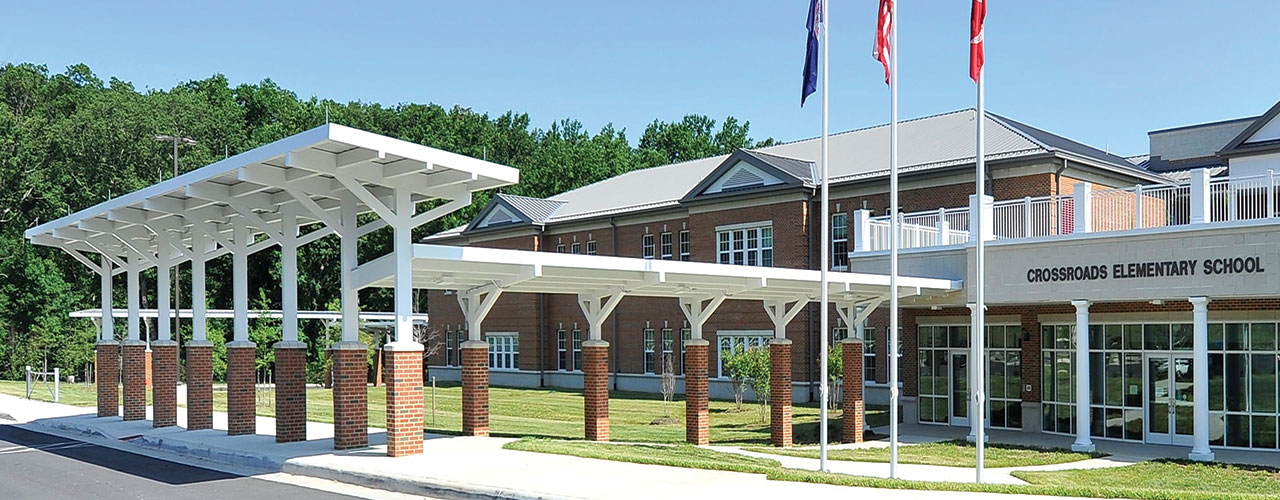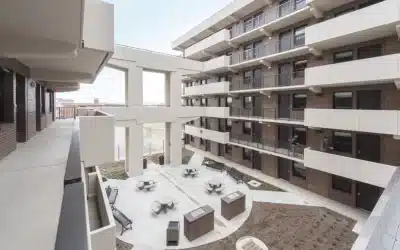The new Crossroads Elementary School consolidates three (3) existing elementary schools. It is a transitional 21st Century school with an emphasis on technology and learning through collaboration and projects. The school is 129,577 gross square feet designed for 750 students in Pre-Kindergarten through 5th grades with sustainability in mind. The guiding principles for the design were to provide a safe, healthful, and pleasing physical environment to complement 21st-century learning philosophies. A centralized administration core provides a secure central entry. The facility is certified LEED Silver with the Green Building Certification Institute.
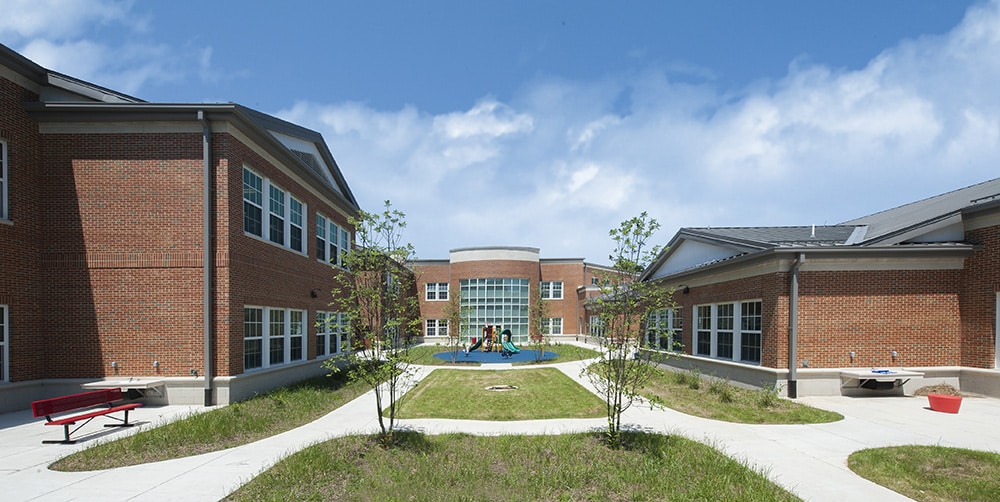
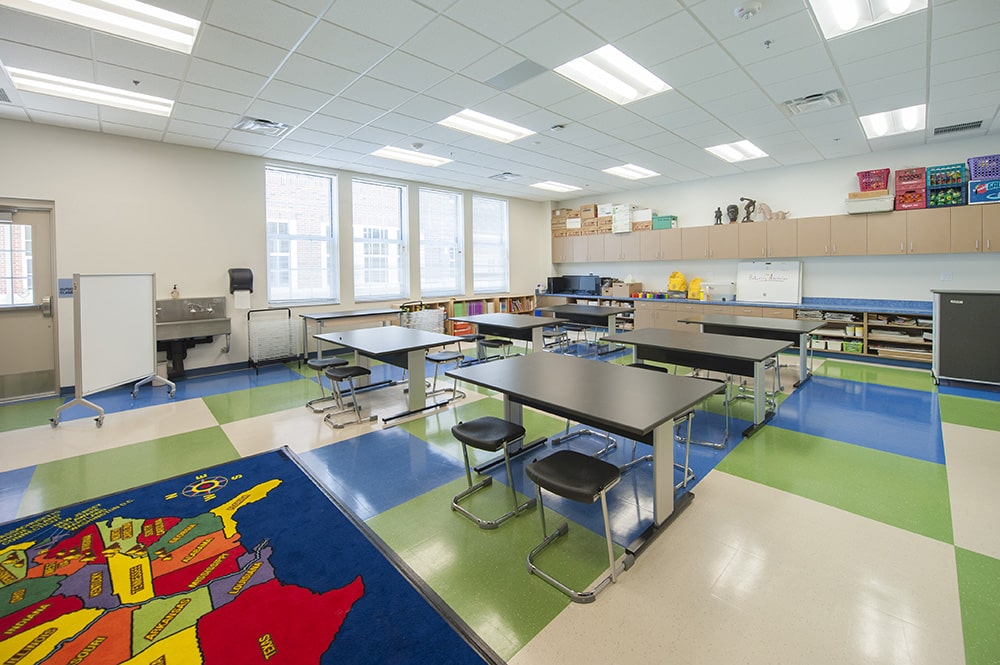
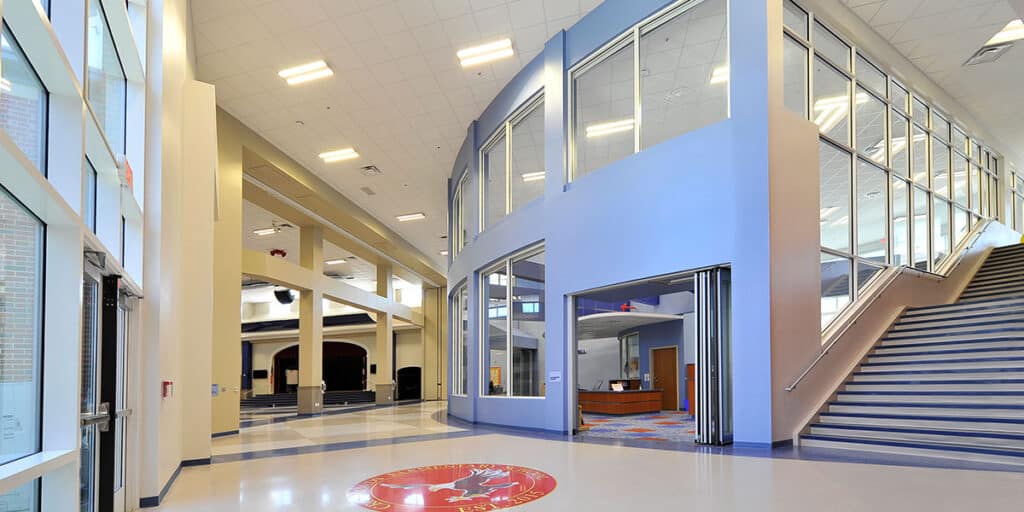
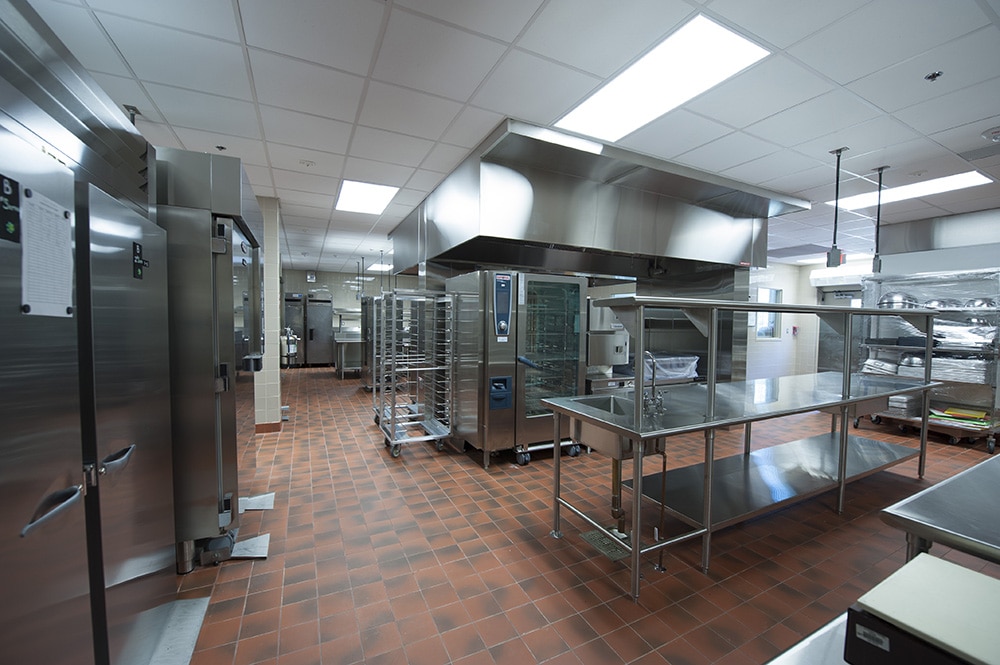
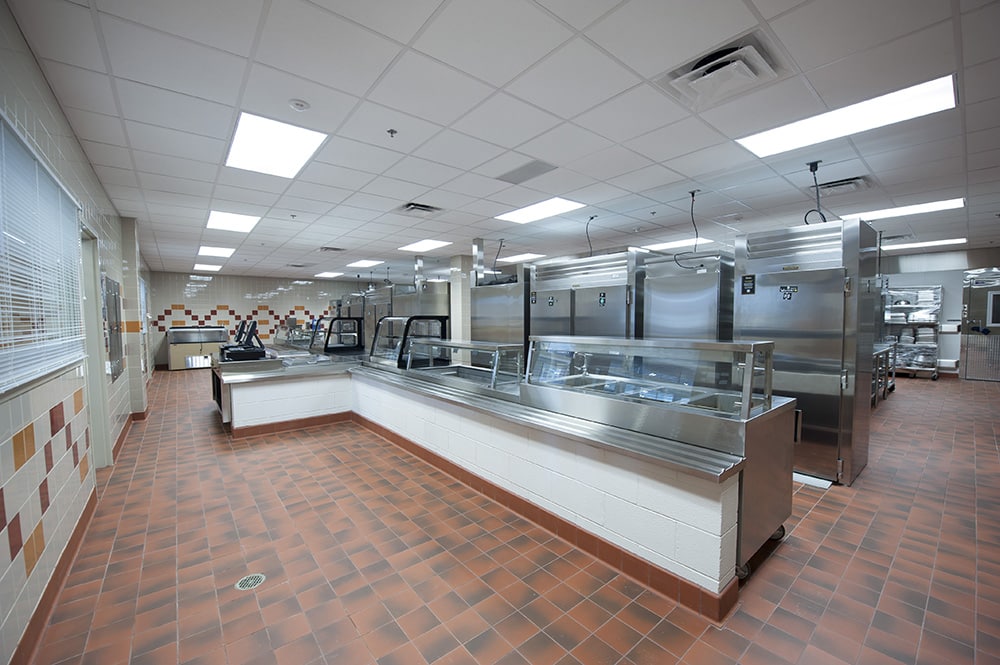
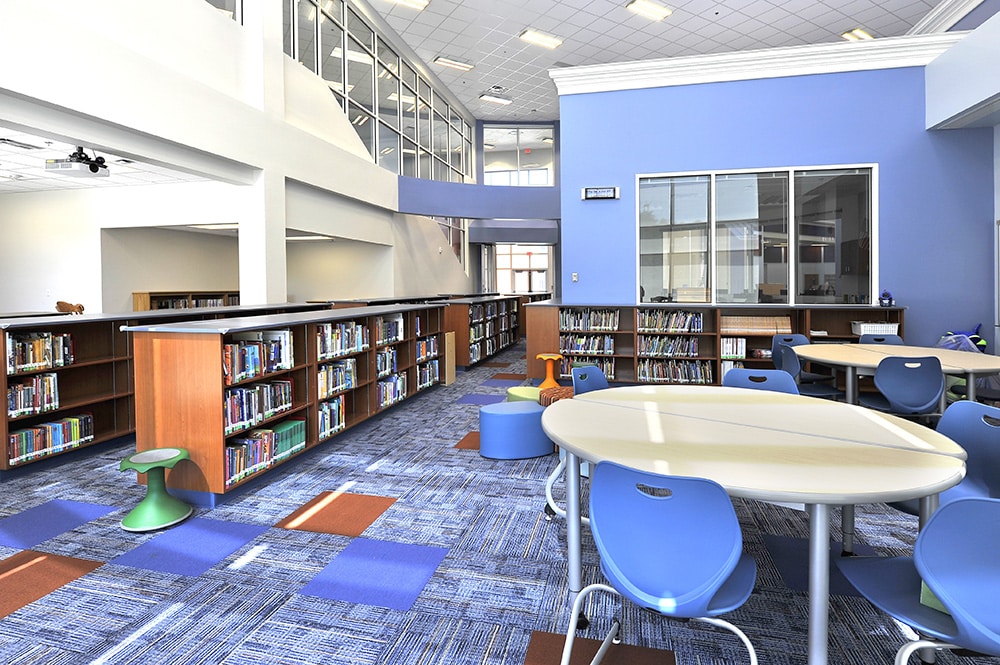
JP Harvey Engineering Solutions (JPHES) provided all mechanical and electrical engineering design services for this project as part of the design/build team. Mechanical, electrical, and plumbing sustainable design concepts include:
- High efficiency Variable Air Volume (VAV) geothermal unit(s) and a high efficiency reverse cycle geothermal chiller (heat pump) coupled to a hybrid closed loop system (geothermal well field and closed-circuit cooler)
- High efficiency variable flow pumping systems
- Radiant floor heating system throughout most of the facility
- Outdoor air energy recovery system
- Demand control ventilation
- Low flow plumbing fixtures
- Rainwater harvesting system
- High efficiency domestic water heating system with solar thermal panels providing 30% of the demand
- High efficiency lighting system
- Controllability of lighting systems
- Light pollution reduction
- Energy efficient LED site lighting
- On-site renewable energy via photovoltaic (PV) panels/system
- Thermal comfort
- Increased indoor air quality
- Ozone friendly refrigerants
- Enhanced refrigerant management (low amounts of refrigerants)
- Outdoor air delivery monitoring, and measurement and verification
Early on, JPHES presented the possibility of photovoltaic panels and possibly even a wind turbine as sources of renewable energy for the building, but Mike Wischnewski, Project Manager for the Resident Officer-in-Charge of Construction, said the idea was downsized, as especially the solar panels were considered not to be cost-effective. Instead, a small, 1.5-kilowatt photovoltaic array and a 1.5-kilowatt turbine was installed simply as teaching tools.
